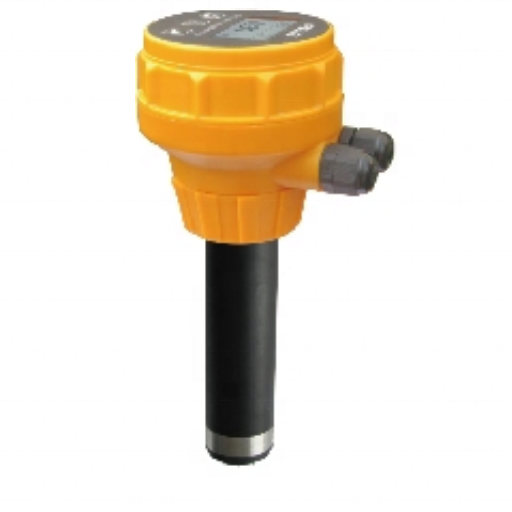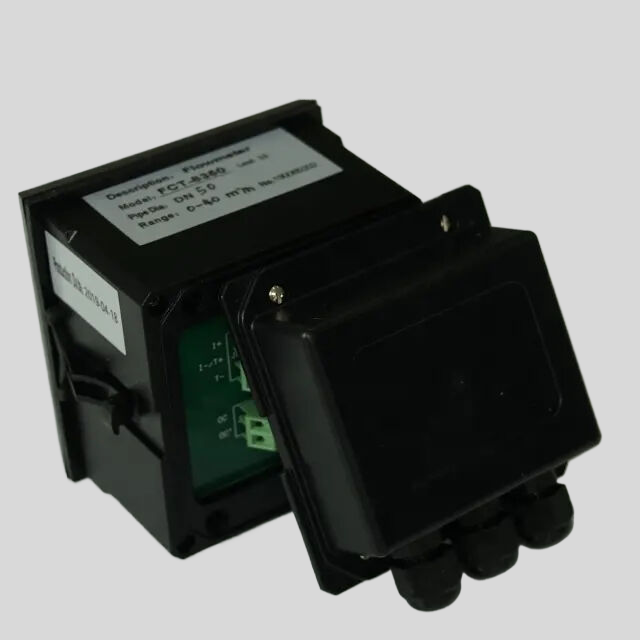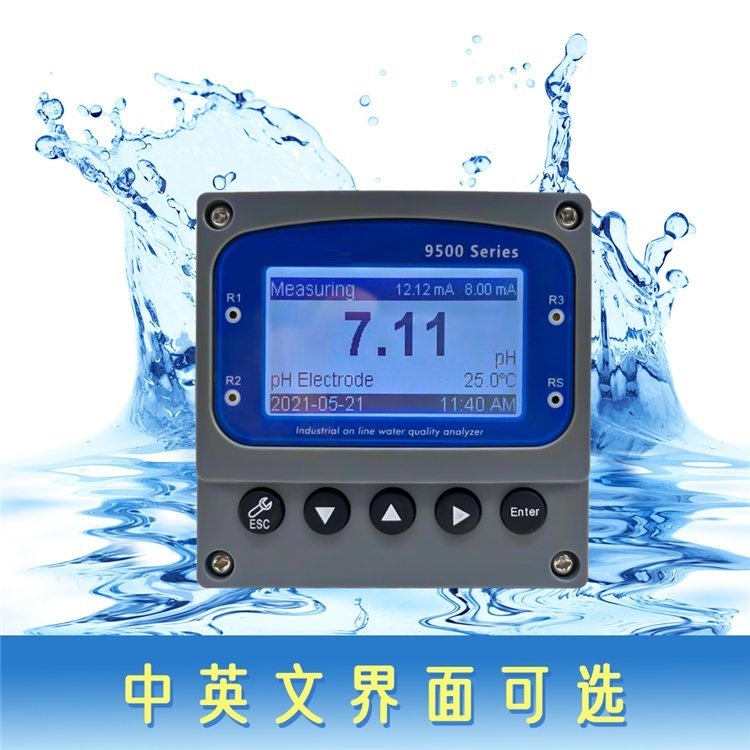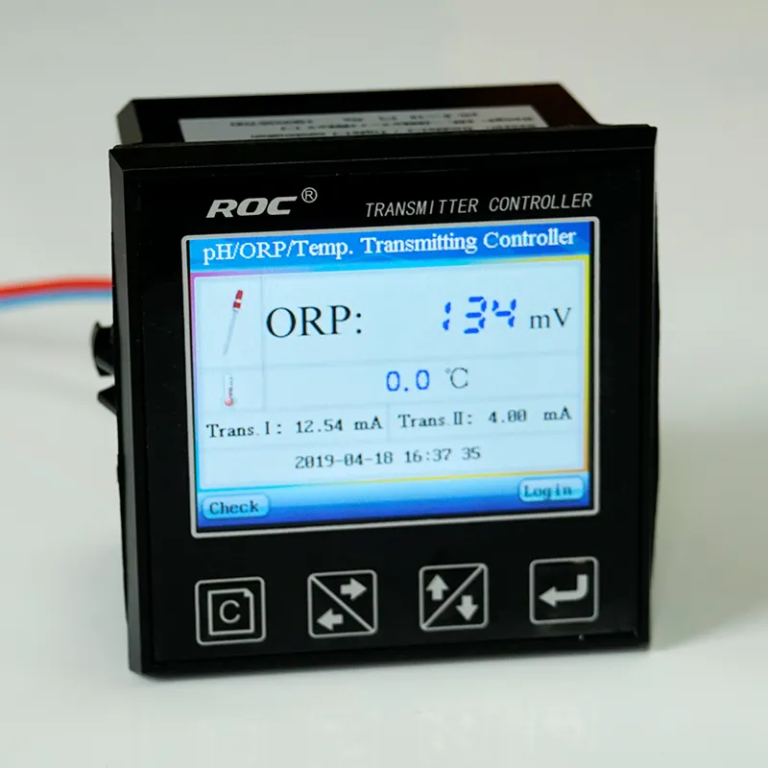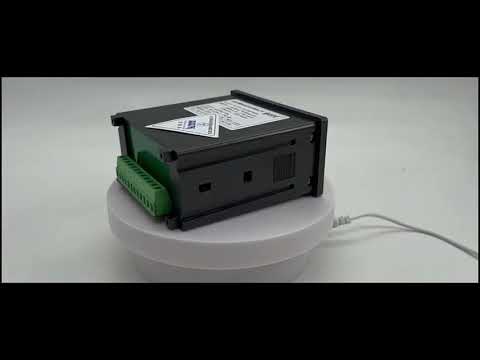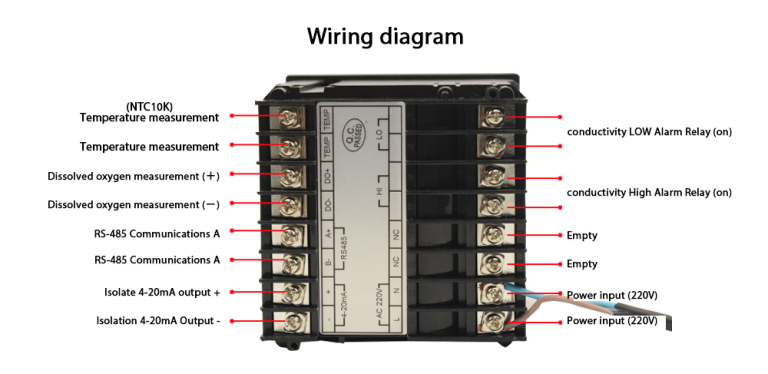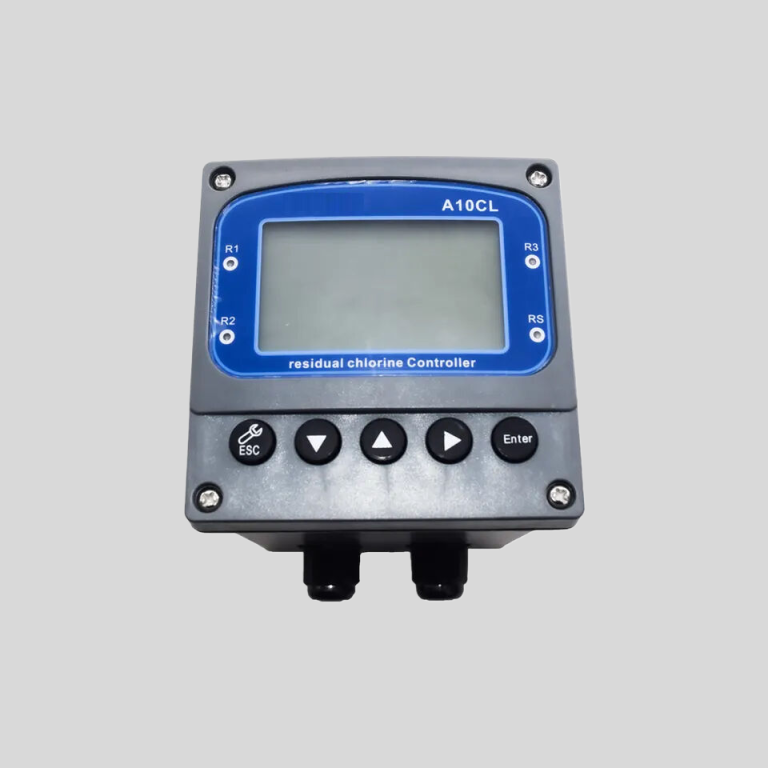Testing Water Quality: A Guide on How to Properly Use a TDS Meter
Testing Water Quality: A Guide on How to Properly Use a TDS Meter
| Model | EC-510 Intelligent conductivity meter |
| Range | 0-200/2000/4000/10000uS/cm |
| 0-18.25MΩ | |
| Accuracy | 1.5%(FS) |
| Temp. Comp. | Automatic temperature compensation |
| Oper. Temp. | Normal 0~50℃; High temp 0~120℃ |
| Sensor | C=0.01/0.02/0.1/1.0/10.0cm-1 |
| Display | LCD Screen |
| Communication | 4-20mA output/2-10V/1-5V/RS485 |
| Output | High/Low limit dual relay control |
| Power | AC 220V±10% 50/60Hz or AC 110V±10% 50/60Hz or DC24V/0.5A |
| Working Environment | Ambient temperature:0~50℃ |
| Relative humidity≤85% | |
| Dimensions | 48×96×100mm(H×W×L) |
| Hole Size | 45×92mm(H×W) |
| Installation Mode | Embedded |
When it comes to ensuring the safety and quality of your water, using a Total Dissolved Solids (TDS) meter can be a valuable tool. TDS meters are designed to measure the concentration of dissolved solids in water, giving you an indication of its overall purity. By understanding how to properly use a TDS Meter, you can take proactive steps to monitor and maintain the quality of your water supply.
Before using a TDS Meter, it is important to familiarize yourself with its basic functions and features. Most TDS meters are handheld devices that are easy to use and operate. They typically consist of a probe that is inserted into the water sample, a digital display that shows the TDS reading, and a button or switch to turn the meter on and off. Some TDS meters also come with additional features, such as temperature compensation and automatic calibration.
To use a TDS Meter, start by ensuring that the probe is clean and free of any debris or contaminants. Rinse the probe with distilled water before taking a measurement to prevent any interference with the reading. Next, turn on the TDS Meter and wait for it to stabilize. Once the meter is ready, carefully submerge the probe into the water sample, making sure that the electrodes are fully immersed. Allow the meter to take a reading, which is typically displayed in parts per million (ppm) or milligrams per liter (mg/L).
After taking a TDS reading, it is important to interpret the results correctly. A low TDS reading (below 50 ppm) indicates that the water is relatively pure and free of contaminants. On the other hand, a high TDS reading (above 500 ppm) suggests that the water may contain elevated levels of dissolved solids, such as minerals, salts, or organic matter. In general, the lower the TDS reading, the better the water quality.
To ensure accurate and reliable TDS measurements, it is recommended to calibrate your meter regularly. Calibration helps to maintain the accuracy of the meter and ensures that it provides consistent readings over time. Most TDS meters come with calibration solutions that are used to adjust the meter to a known standard. Follow the manufacturer’s instructions for calibrating your TDS Meter, and be sure to recalibrate it whenever necessary.
| Model | EC-1800 online conductivity controller |
| Range | 0-2000/4000uS/cm 0-20/200mS/cm |
| 0-1000/2000PPM | |
| Accuracy | 1.5%, 2%, 3%(FS) |
| Temp. Comp. | Automatic temperature compensation based on 25℃ |
| Oper. Temp. | Normal 0~50℃; High temp 0~120℃ |
| Sensor | C=0.1/1.0/10.0cm-1 |
| Display | 128*64 LCD Screen |
| Communication | 4-20mA output/2-10V/1-5V/RS485 |
| Output | High/Low limit dual relay control |
| Power | AC 220V±10% 50/60Hz or AC 110V±10% 50/60Hz or DC24V/0.5A |
| Working Environment | Ambient temperature:0~50℃ |
| Relative humidity≤85% | |
| Dimensions | 96×96×100mm(H×W×L) |
| Hole Size | 92×92mm(H×W) |
| Installation Mode | Embedded |
In addition to monitoring TDS levels, it is also important to consider other factors that can affect water quality. For example, pH levels, temperature, and the presence of specific contaminants can all impact the overall purity of the water. By using a combination of different testing methods, such as TDS meters, pH meters, and water testing kits, you can gain a comprehensive understanding of your water quality.
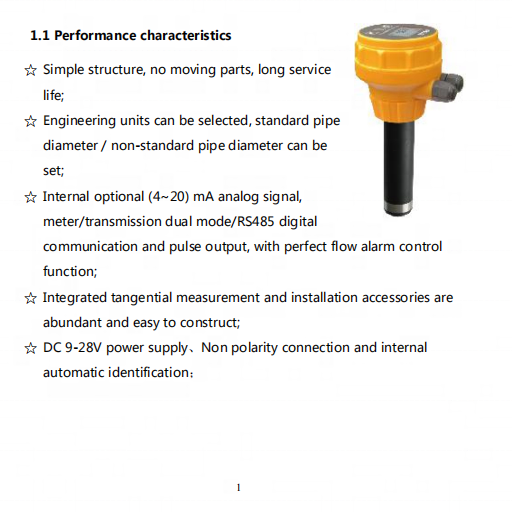
In conclusion, using a TDS Meter is an effective way to monitor and maintain the quality of your water supply. By following the proper procedures for using a TDS Meter, interpreting the results accurately, and calibrating the meter regularly, you can ensure that your water is safe and free of contaminants. Remember to consider other factors that can affect water quality, and take proactive steps to address any issues that may arise. With the right tools and knowledge, you can enjoy clean and healthy water for years to come.
